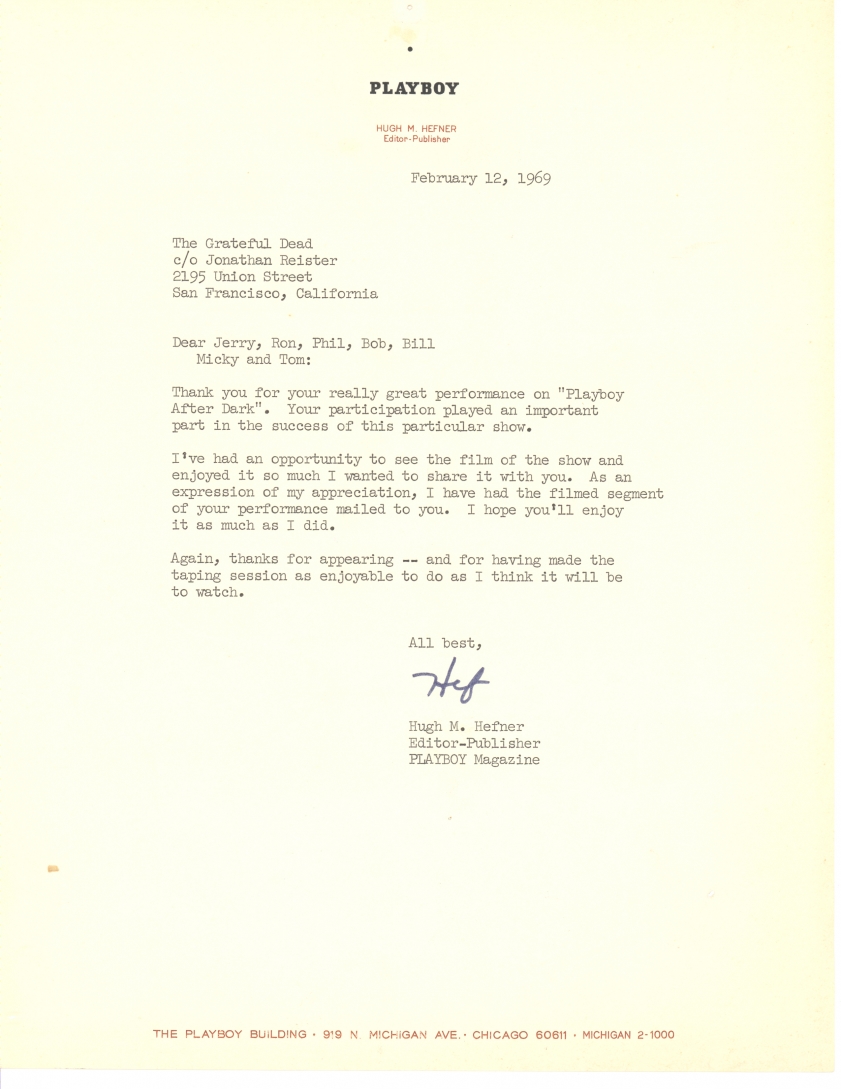Conspiracy theories are like blockbuster Hollywood movies. Instead of the painful, confusing tedium of historical detail that meets us when we try to understand the world, they offer spectacle, clear dichotomies of good and evil, the promise of redemptive resolution. If only, say, we could rid ourselves of scurrilous figures behind the scenes, we could get back to the garden and make everything great. Or, if only we could change the frequency of standard musical pitch from 440 Hz to 432 Hz, we could throw off the yoke of Nazi mind control, experience pure meditative bliss, open our root chakras, and.… Wait… what?
If this one’s new to you, you’ll find rabbit holes aplenty to fall into online. Retired dentist Leonard Horowitz, for example, has elaborated a theory that has “the Rockefeller Foundation’s military commercialization of music,” then Nazi propaganda minister Joseph Goebbels, tricking the world into 440 Hz, “effectively persuading Hitler’s supposed enemies in Britain to adopt this allegedly superior standard tuning for the ‘Master Race.’” Meanwhile, on YouTube (and even in scientific journals), notes Thom Dunn at Boing Boing, pseudoscience about the “‘meditative qualities of 432 Hertz” proliferates, “which, of course, relates back to Horowitz’s theory that 440 Hertz is a weapon of Nazi aggression.”
Like most conspiracy theories, “there is a kernel of truth here—that there has been an historical debate between these frequencies for middle ‘A,’ and that 440 Hertz won out largely because of Western industrialization, which coincided with some World Wars.” The history, however, predates the Rockefeller Foundation and the Nazis, extending back at least to 1885, as Alan Cross writes at Global News, when “the Music Commission of the Italian Government declared that all instruments and orchestras should use a tuning fork that vibrated at 440 Hz, which was different from the original standard of 435 Hz and the competing 432 Hz used in France.”
The push for worldwide commercial standardization finally decided the question in the 20th century, not mind control. It was just business, but why do the proponents of 432 Hz believe this is the superior frequency? In the video above, guitar teacher Paul Davids satirizes the reasoning (over the X‑Files theme): something to do with “the natural harmonics found in sacred numbers” and the “psychic poisoning of the mass of humanity.” Davids quickly moves on to discuss the actual history of tuning, from the 15th century onward, when standards ranged from country to country, even city to city, anywhere between 400 and 500 Hz. (Learn more about the history of pitch in the video above.)
Some classical musicians who play Bach, for example, tune to 415 Hz, not because it has magical qualities but because it’s the frequency Bach used, one semitone below today’s standard 440 Hz. But all of this is academic. Should not our ears and chakras be the judge? I stick closely to the criterion, “if it sounds good, it is good,” so I’m open to considering the superiority of 432 Hz. So is Davids, and he demonstrates the difference between the two pitches in some fingerpicked examples of classical and contemporary hits. What do we hear?
Each of us will have a different response to these frequencies, depending on several factors, not least of which is our degree of conditioning to 440 Hz. Musicians and composers, for example, are far more sensitive to changes in pitch and more likely to feel the difference, especially if they try to sing or play along. What does Davids hear? He personally dismisses any notion that 432 Hz tuning will “let a different part of the universe vibrate,” or whatever. For one thing, playing in a different key makes the frequency change largely irrelevant. For another, every musical note resonates at multiple frequencies, never only one.
Logically, the difference between 432 and 440 Hz is arbitrary, even in the most meditative of relaxing 432 Hz videos on YouTube. “It all comes down,” says Davids, “to what you’re playing and how it sounds.” Or as Thelonious Monk put it in his indispensable advice to musicians, “You’ve got to dig it to dig it, you dig?” and “A note can be small as a pin or as big as the world, it depends on your imagination.”
For more, read Ted Gioia’s 2017 piece in The Daily Beast, Are We All Mistuning Our Instruments, and Can We Blame the Nazis?.
via Boing Boing
Related Content:
The History of Music Told in Seven Rapidly Illustrated Minutes
Music Is Truly a Universal Language: New Research Shows That Music Worldwide Has Important Commonalities
Visit an Online Collection of 61,761 Musical Instruments from Across the World
Josh Jones is a writer and musician based in Durham, NC. Follow him at @jdmagness


